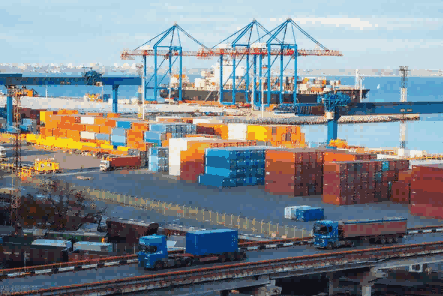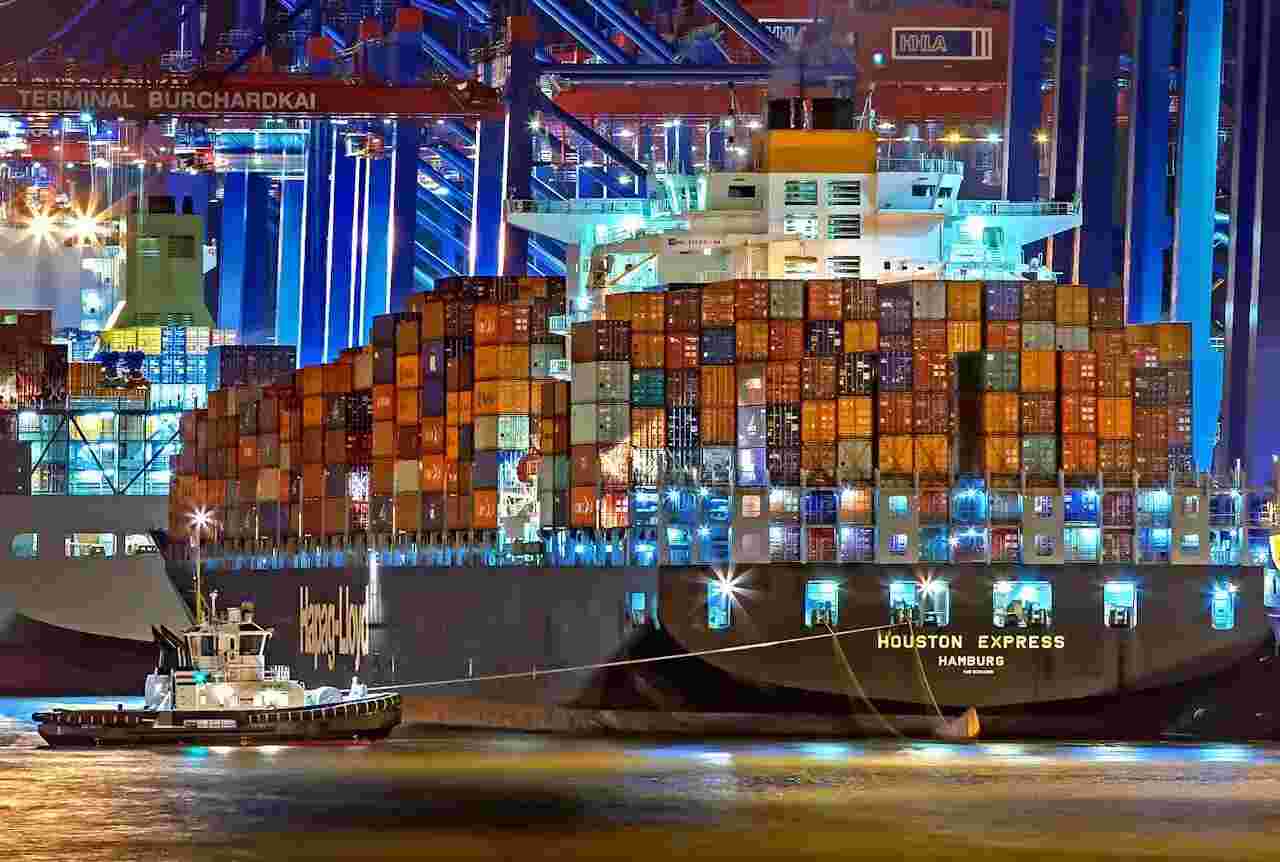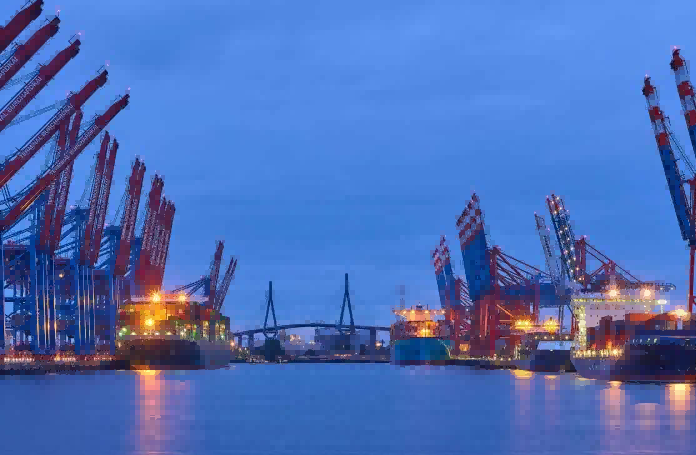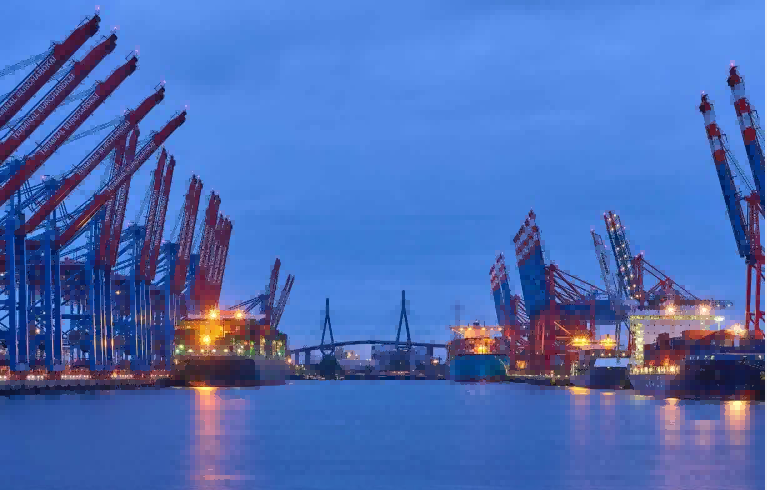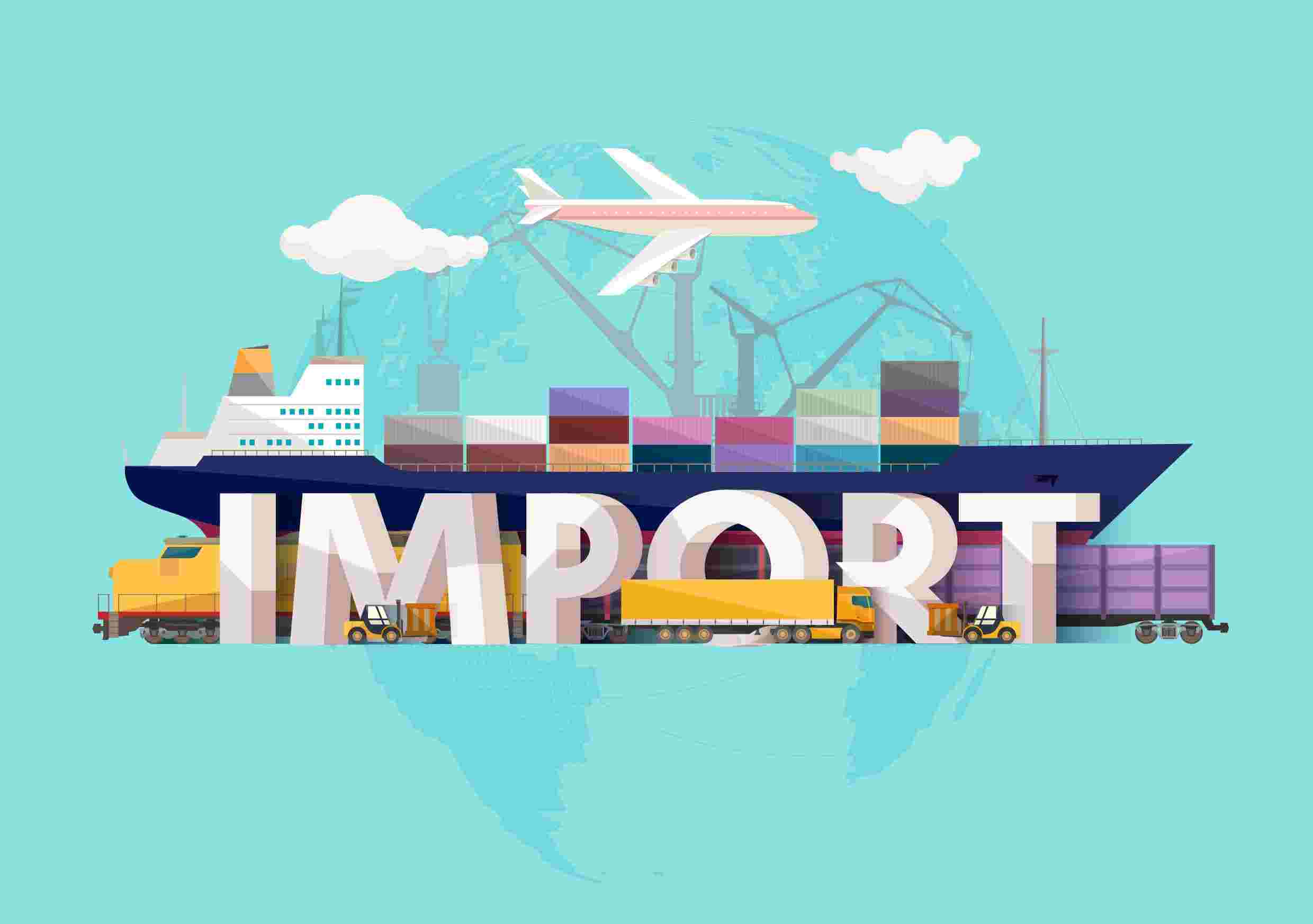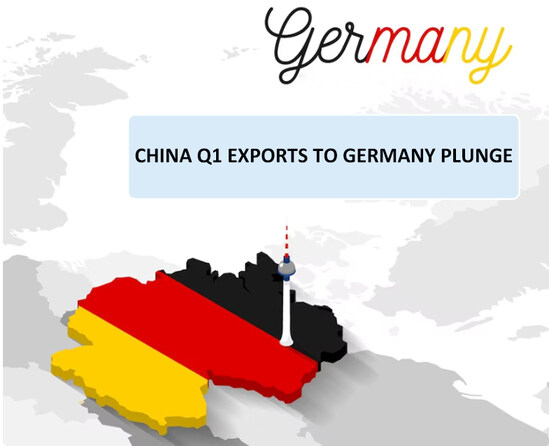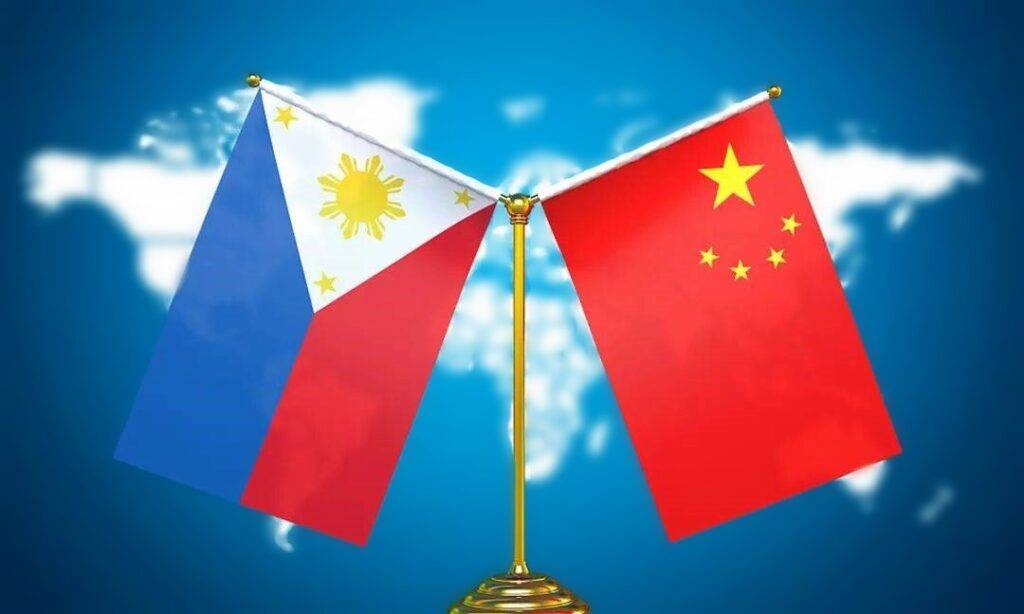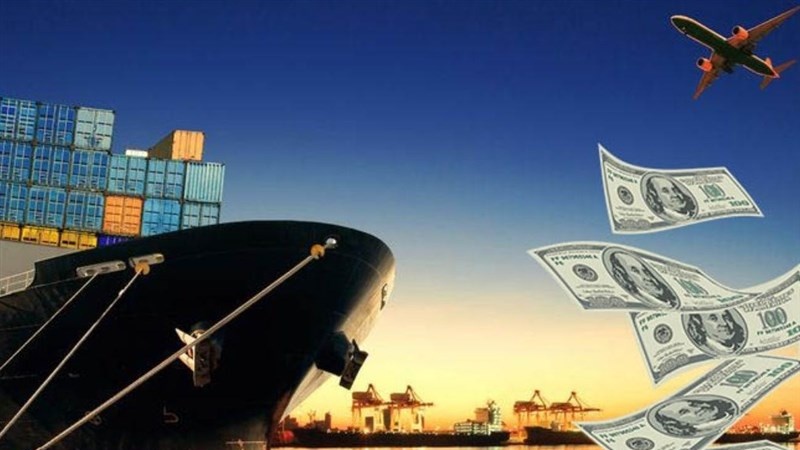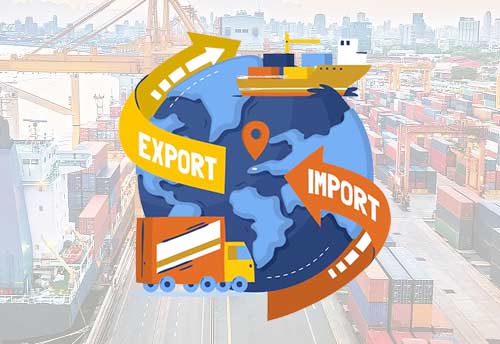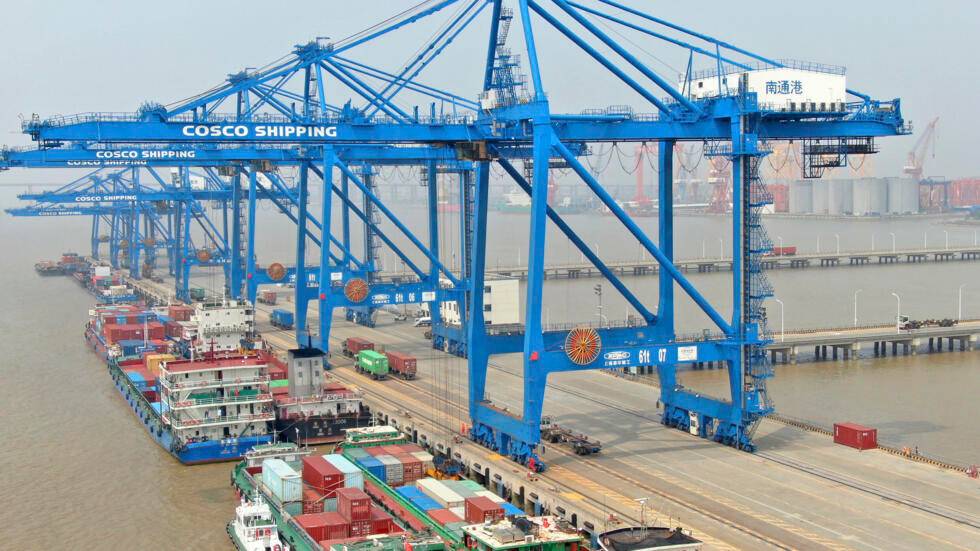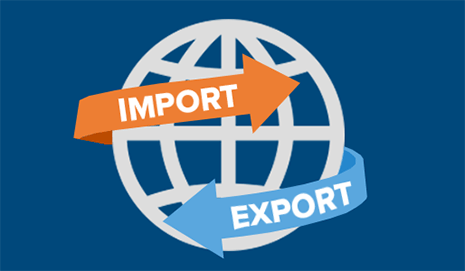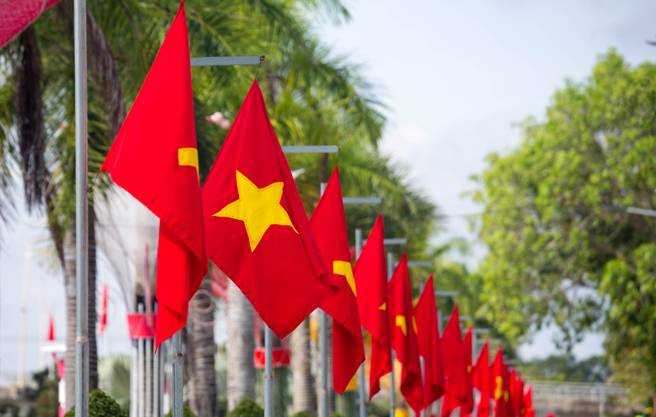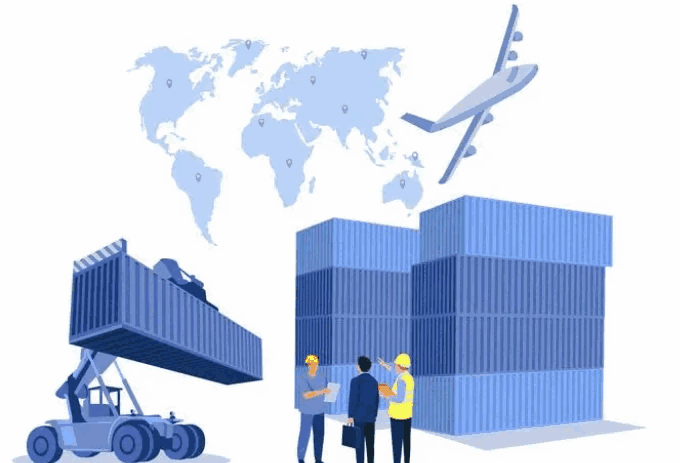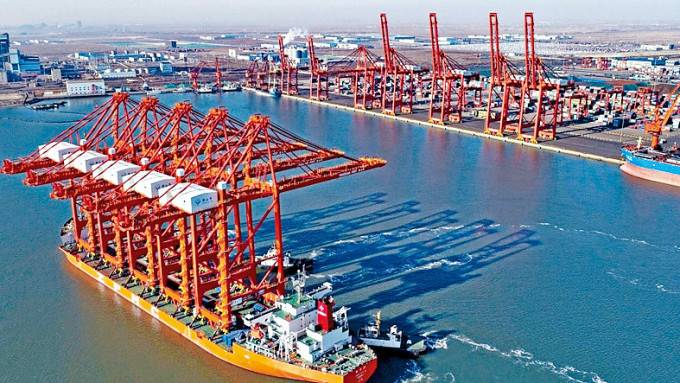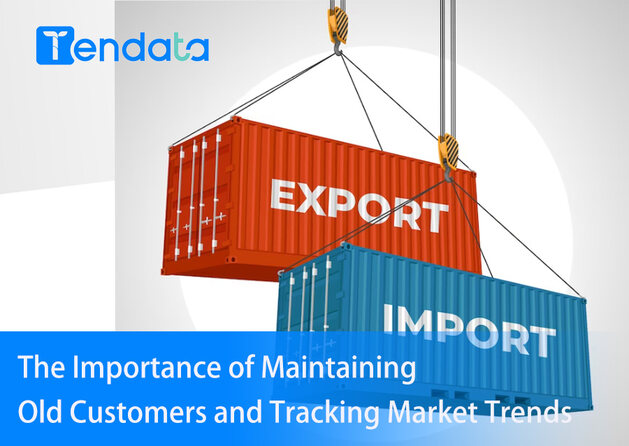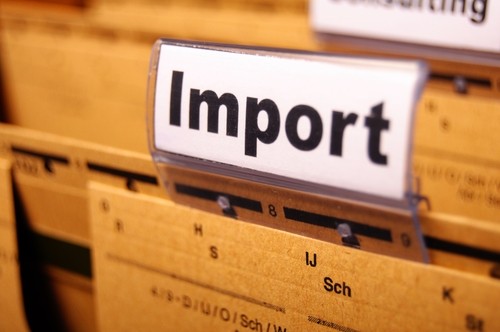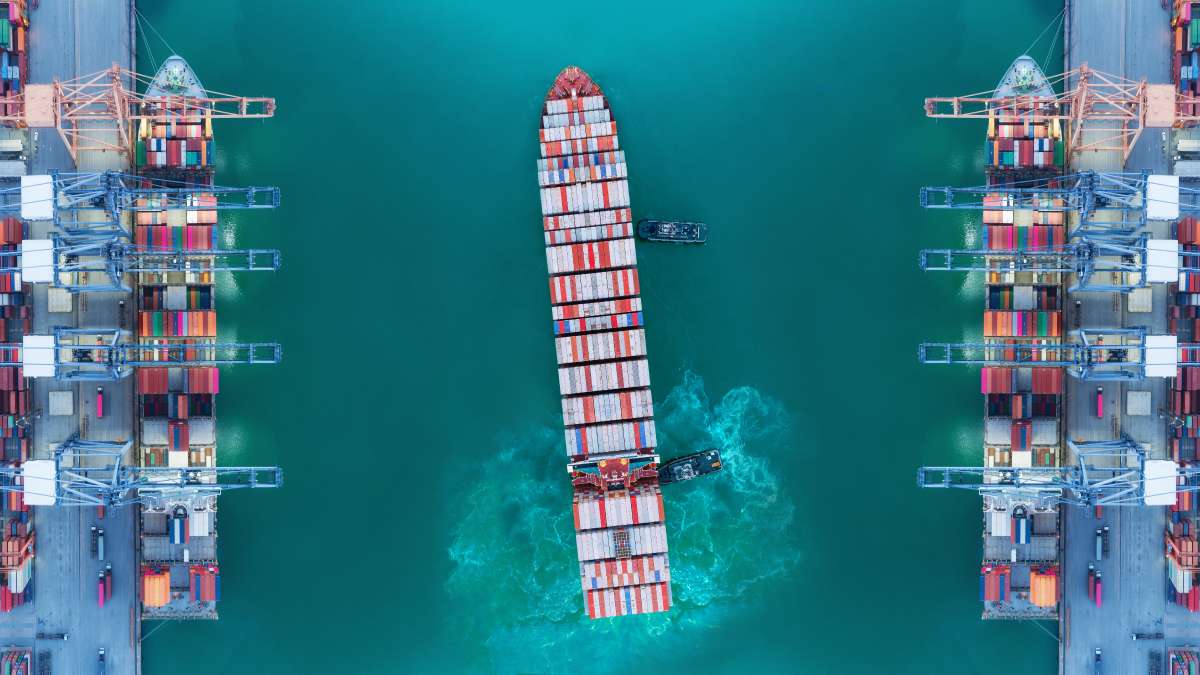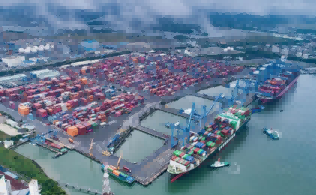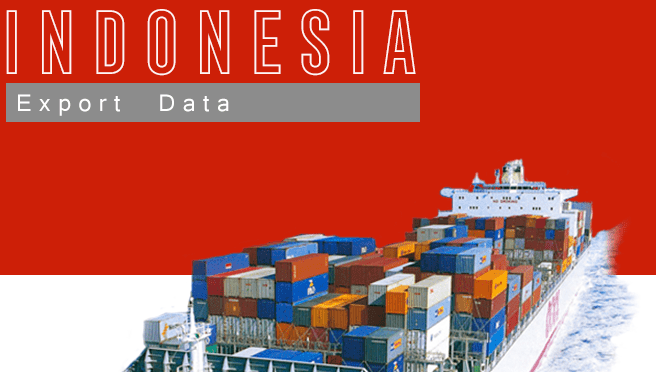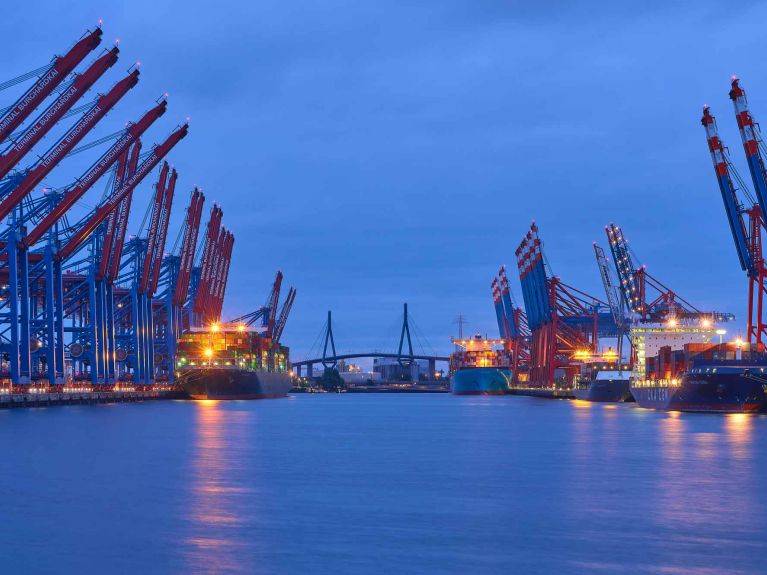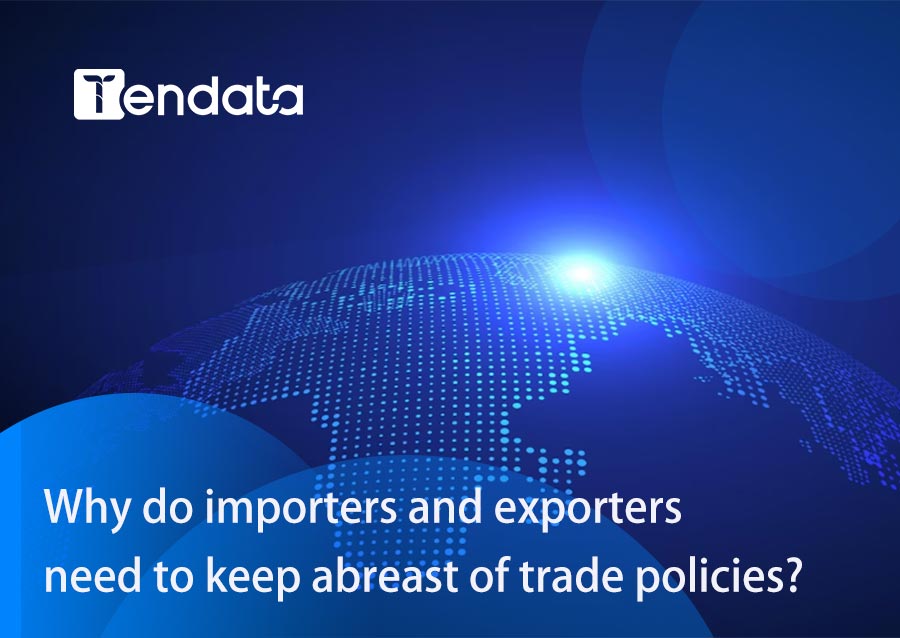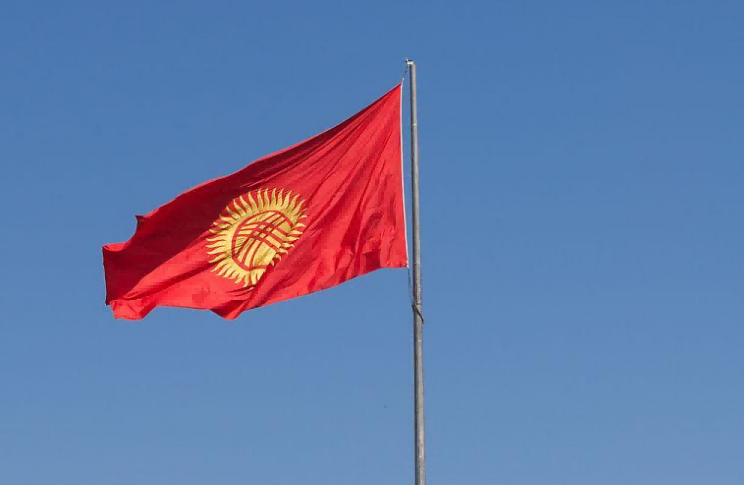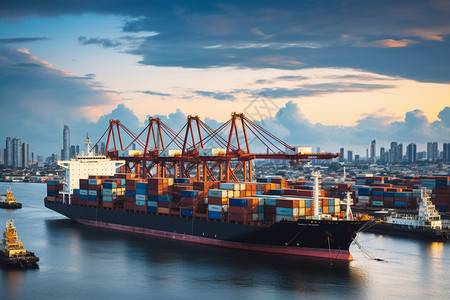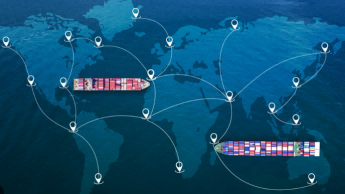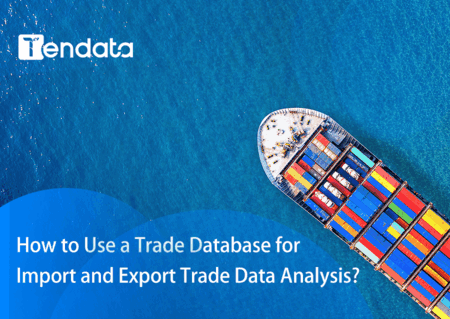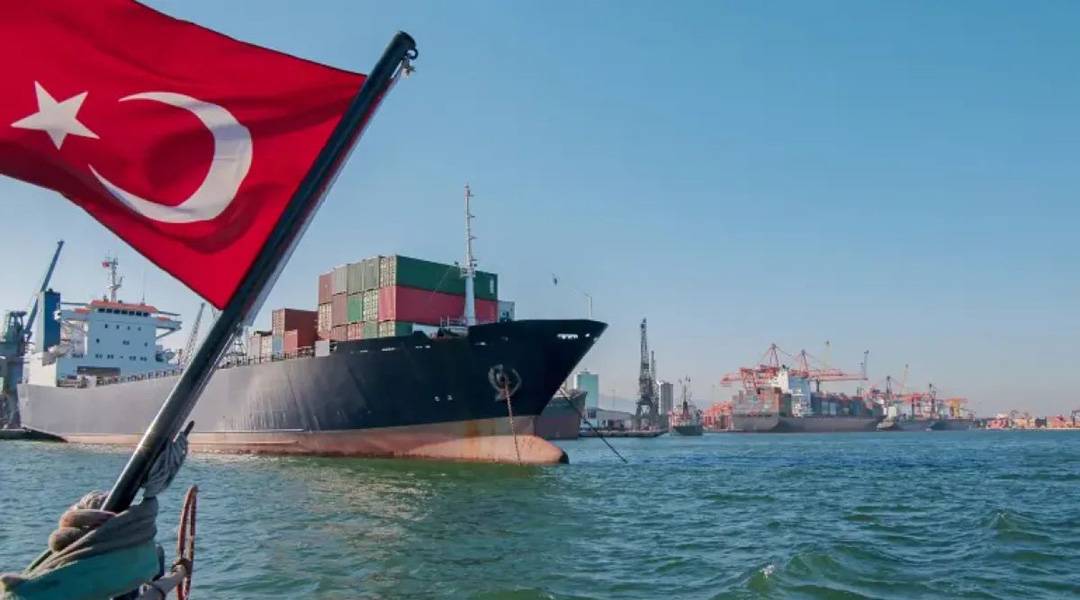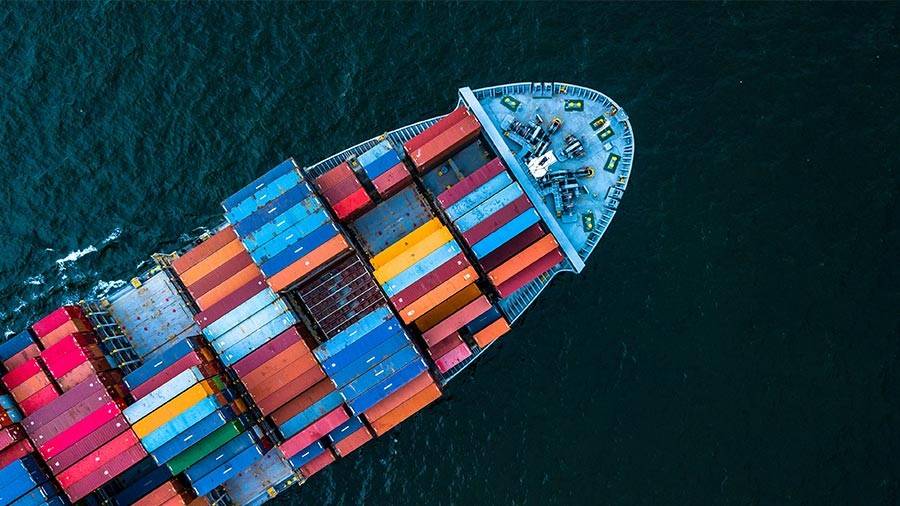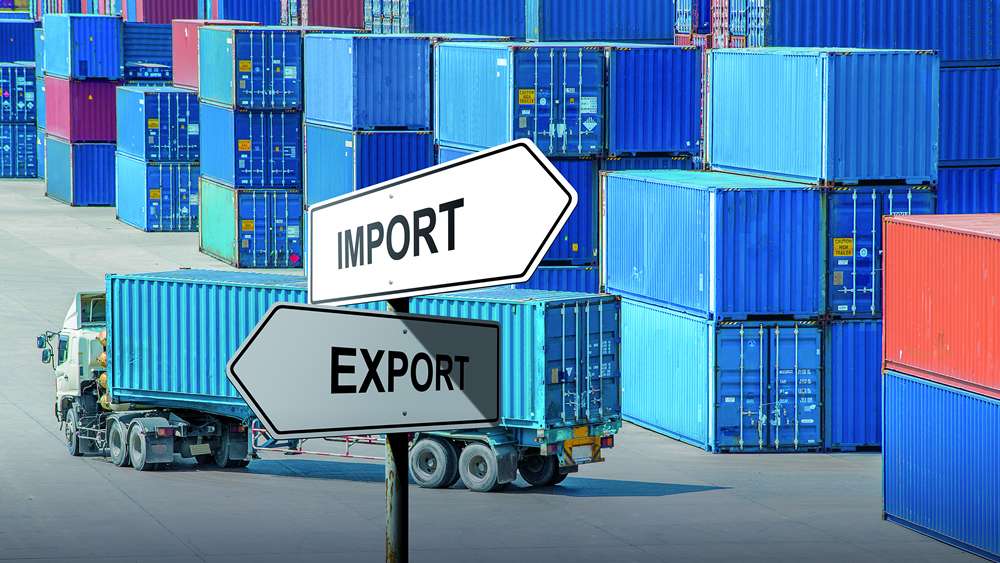 Trade Trends News
Trade Trends News
 21-11-2023
21-11-2023

Shipments from China's Xinjiang rose 40% in the first 10 months of the year, surpassing exports for the whole of 2022.
Overseas trade from China's northwestern Xinjiang region jumped 40 percent to a record $409.2 billion in the first 10 months of 2023, the latest local statistics show, calling into question the effectiveness of Western sanctions against the region for alleged abuses against the Uighur minority.
Shipments from January to October exceeded total trade in 2022, despite penalties imposed by Western governments in response to reports of forced labor and other human rights abuses.
Figures released by Urumqi Customs on Monday showed that $48 billion worth of goods entered and left the region in October alone.
The U.S. and the European Union have also imposed restrictions on private Chinese companies suspected of supporting Russian forces in the war in Ukraine.
The surge in trade is partly due to imports and exports from Central Asia. Kazakhstan, Kyrgyzstan and Tajikistan have the largest share of trade, with mechatronics, clothing and textiles being the most frequently traded commodities.
Trade with these countries, as well as Malaysia and Vietnam, has enabled China to deal with export controls imposed by the West, according to Zheng Guoen, a German expert known for his research on detention camps in Xinjiang. Trade with Malaysia, Belarus and Vietnam has seen the biggest year-on-year increase in the past 10 months.
"Opaque supply chains are now a bigger threat," he said, as it becomes increasingly difficult to trace the origin of products.
Washington passed the Uighur Forced Labor Prevention Act, which goes into effect in June 2022, effectively halting all imports from Xinjiang. U.S. and Customs Border Protection intercepted $2 billion worth of goods, from electronics to clothing to manufacturing materials. The ban is expected to last eight years.
Human rights organizations accuse Beijing of holding some 10 million Uighurs and other Muslim minorities in prison camps, a charge Chinese officials deny.
Despite booming trade in the region, China's overall trade painted a bleaker picture of the country's economic outlook as exports fell for the sixth straight month in October.
The data comes as Chinese officials last month laid out a blueprint for a free-trade zone in Xinjiang in an attempt to turn it into an export gateway to neighboring countries. According to the State Council, the plan will be launched in Kashgar, Khorgos and the region's capital, Urumqi, and it could take up to five years to open the free-trade zone across the region. The Xinjiang Production and Construction Corps, a company subject to U.S. sanctions, will oversee the zone.
The Kashgar Pilot Free Trade Zone opened on Nov. 12, according to official Chinese media reports, with companies focusing on agricultural products, textiles and electronics assembly.
The government hopes the zone will attract foreign investors from neighboring Belt and Road countries and increase the use of the yuan in cross-border trade settlements.
"Foreign direct investment has fallen sharply due to the detention camps," Zengz said. "But given government subsidies, the main attraction of free trade zones is for local companies."
Zheng said the free trade zone would allow Chinese companies to locate in the region and move up the value chain from low-end manufacturing as the government emphasizes "high-quality development."
The free trade zone is "economically and politically incentivized," he said.
The move is seen as a way to connect economies bordering Xinjiang, such as Kazakhstan, Tajikistan, Pakistan, Mongolia and Russia, and to strengthen trade networks across the region, which is a key node of the Belt and Road initiative. Khorgos already offers a 24-hour cargo clearance port, which opened in August.
How Shanghai Tendata Empowers Growth with Foreign Trade Big Data?
Tendata iTrader is a versatile foreign trade application tool and a great asset for professionals in the international trade industry.
(1) Real-time Access to Comprehensive Global Data: Tendata iTrader offers real-time access to customs data from 91 countries, customs code inquiries, and an extensive collection of foreign trade supply chain data, import-export statistics, and international company data. Companies can freely select the foreign trade databases corresponding to their trade regions and use nine different search methods to tailor their data queries based on single or multiple criteria. The search results can generate 19 types of market reports, and users can perform online comparative analyses as well. (>>> Click to use The Data Online for Free)
(2) Detailed Transaction Records from 91 Countries: Tendata's data system automatically integrates millions of accurate buyer information, detailed transaction data from 91 countries, and competitor details. It intelligently generates various data analysis reports, empowering companies to analyze competitors, maintain relationships with new and existing customers, and stay up-to-date with real-time international trade information. How is Shanghai Tendata performing?(>>> Click for Free Demo)
(3) Internet Search of Email Addresses in 153 Countries: With Tendata's proprietary web crawling technology, companies can access and validate email addresses in 153 countries, making mass email campaigns worry-free. Potential customers are automatically categorized by level, allowing users to find decision-makers within a minute. Choose from various email templates with unlimited sending capabilities. Tendata's data effectiveness is quite impressive. (>>> Click for More Details)

Category
Leave Message for Demo Request or Questions


 T-info
T-info T-discovery
T-discovery

 My
Tendata
My
Tendata Market Analysis
Market Analysis Customer
Development
Customer
Development Competitor
Monitoring
Competitor
Monitoring Customer Relationship
Customer Relationship




